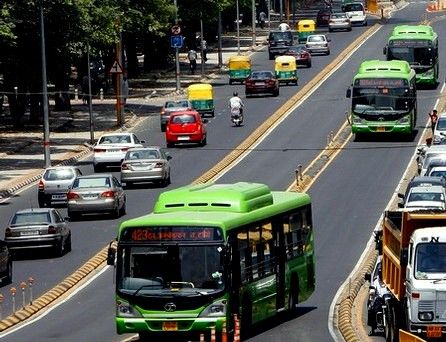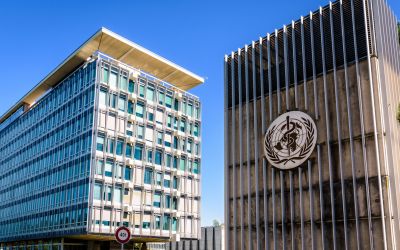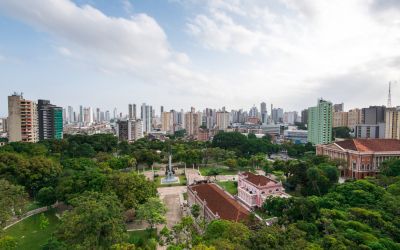UN-HABITAT report identifes access as central to GHG reductions in transport
United Nations Human Settlements Programme's report highlights how national, provincial and local governments can contribute to urban sustainability through transport planning and design

The United Nations Human Settlements Programme (UN-HABITAT) has released ‘Planning and Design for Sustainable Urban Mobility: Global Report on Human Settlements 2013' as part of its World Habitat Day Celebrations.
The report argues a “conceptual leap” recognising access as the ultimate objective of transportation in order to develop sustainable urban transport systems. It concludes mobility is about accessing opportunities and empowering people to fully exercise their human rights.
In the report's forward, UN Secretary-General Ban Ki-moon identifies sustainable transportation as one of the building blocks of sustainable development, stressing the need for sustainable urban transport systems to address increasing pollution and congestion concerns.
The transportation sector contributes 13 per cent of the greenhouse gas (GHG) emissions that lead to climate change, according to the report. Emissions vary by city, however, with declining carbon dioxide emissions and energy consumption from transport as urban forms become more dense.
The report highlights city transportation challenges, with a particular focus on developing countries, and showcases specific city examples to illustrate how to address such challenges. The report also discusses equitable access to urban mobility and transport poverty; and economic, environmental, institutional and governance, and social dimensions of mobility and transport.
The report recommends urban planning and design focus on bringing people and places together by creating cities based on accessibility and livability, rather than simply increasing the movement of people and goods or the length of transport infrastructure.
It further recommends enhancing the acceptability of public transport systems and making these systems more efficient, reliable and safe.
The report also provides recommendations on how national, provincial and local governments can contribute to sustainable urban futures through urban transport planning and design, such as by including all stakeholders in developing and governing urban mobility systems, and integrating land-use and transportation policies from the micro (street) to the macro (city) level.






